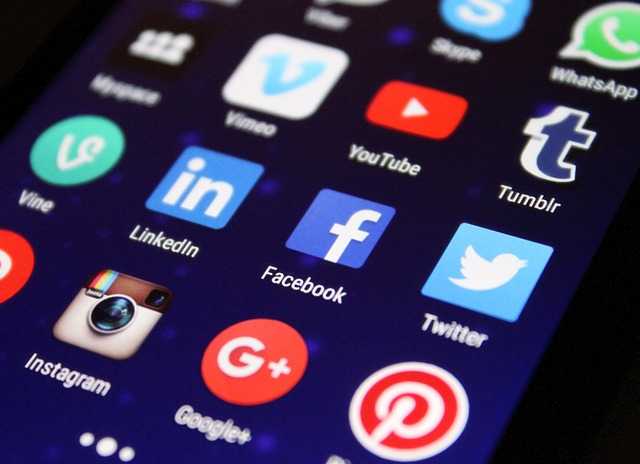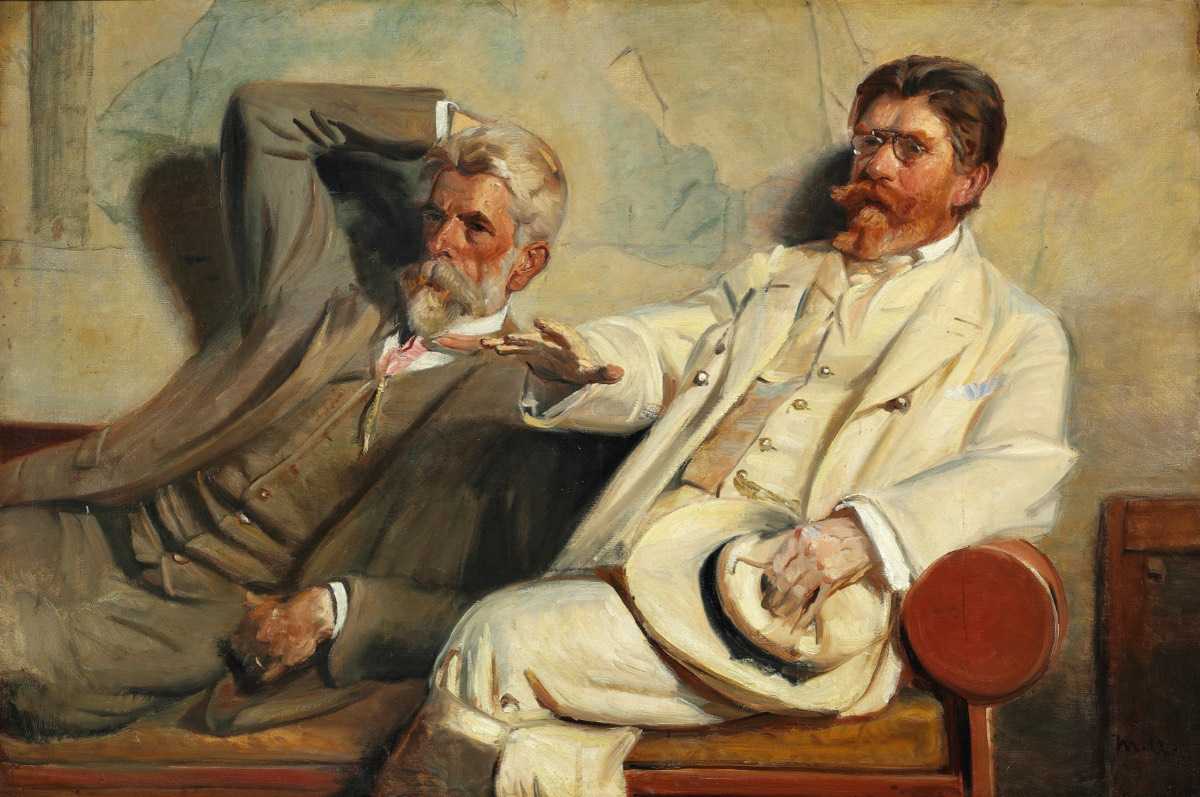Table of Contents
- Understanding Modern Art Criticism Through Historical Context
- Exploring Diversity in Perspectives: Voices of Modern Art Critics
- The Role of Social Media in Shaping Art Criticism Today
- Techniques for Engaging with Modern Art: A Critical Approach
- Navigating the Future of Art Criticism in an Evolving Landscape
- Q&A
- Future Outlook
Understanding Modern Art Criticism Through Historical Context
To truly grasp modern art criticism, one must delve into the historical contexts that have shaped its evolution. Artists like Pablo Picasso and Henri Matisse challenged traditional aesthetics in the early 20th century, setting the stage for new forms of artistic expression. The tumultuous backdrop of World War I and the subsequent rise of modernism prompted critics to reevaluate the very foundations of art. This shift gave rise to movements such as Dadaism and Surrealism, which incorporated absurdity and subconscious exploration, fundamentally altering the critic’s lens.
Modern critics often reflect on these historical moments when providing their analyses. They consider the socio-political climates, the psychological ramifications of war and trauma, and the rapid advancements in technology that influenced artists’ work. For instance, the emergence of abstract expressionism in the post-World War II era illustrated a departure from representational forms, encouraging critics to engage with the emotional impact of color and form. This depth of critique fosters a broader understanding that transcends mere aesthetic evaluation to encompass the profound sociocultural narratives embedded within each artwork.
Moreover, contemporary art criticism frequently employs a lens that intertwines art with various disciplines, such as philosophy, psychology, and sociology. This interdisciplinary approach allows critics to address not just the what of art but the why, forging deeper connections between the artist’s intent and the audience’s interpretation. As art evolves in response to modern society’s shifts—be it through digital media or installation art—critics are tasked with navigating a complex landscape that reflects both historical influences and current dialogues. Understanding these dynamics equips audiences to engage more thoughtfully with modern art and its criticism.


Exploring Diversity in Perspectives: Voices of Modern Art Critics
Modern art criticism has transformed into a dynamic dialogue that reflects a tapestry of perspectives, shaped by cultural, social, and personal contexts. Critics today are not merely evaluators but also interpreters who bring forward varied insights that enrich the discourse surrounding contemporary works. While traditional criticism often adhered to specific standards, modern critics embrace a multitude of voices, each contributing unique interpretations and frameworks that challenge the status quo. This shift allows for a broader understanding of art, inviting audiences to engage with works on multiple levels.
The diversity of viewpoints among art critics can lead to illuminating discussions that reveal the underlying themes and narratives present in modern art. Critics from different backgrounds may emphasize aspects such as:
- Cultural Identity: How an artist’s heritage influences their work.
- Social Commentary: The role of art in reflecting societal issues and provoking thought.
- Emotional Responses: The subjective experience that art elicits in different observers.
Collaboration among critics has also become increasingly significant, as platforms for exchange and debate foster collective growth within the field. Roundtable discussions, podcasts, and online forums encourage a cross-pollination of ideas, allowing critics to challenge each other while unpacking complex artworks. Such communal spaces not only highlight the range of criticism but also showcase the importance of dialogue in contemporary art appreciation. By prioritizing diverse voices, modern art criticism evolves continuously, becoming a vibrant facet of the artistic landscape.


The Role of Social Media in Shaping Art Criticism Today
In the digital age, platforms like Instagram, Twitter, and Facebook have transformed how art criticism is both created and consumed. Artists and critics alike are leveraging these platforms to share their thoughts, enabling a more dynamic dialogue surrounding art. The immediacy of social media allows for instant feedback, making it possible for critics to connect directly with audiences, which was much more difficult in the pre-digital era. This real-time interaction fosters a sense of community, as diverse voices join in the conversation, broadening the spectrum of discourse in contemporary art.
Moreover, social media democratizes art criticism by giving rise to a plethora of new voices. Emerging critics and art enthusiasts can share their insights without traditional barriers, such as gallery representation or institutional affiliation. This blurring of lines between critic and viewer enriches the conversation, offering unique perspectives that might otherwise go unrecognized. Followers of these platforms can now engage with critiques that resonate with their personal experiences, thereby amplifying underrepresented narratives in the art world.
| Platform | Unique Features | Impact on Art Criticism |
|---|---|---|
| Visual-first, hashtag use, stories | Instant feedback and wide reach | |
| Concise thoughts, retweets, hashtags | Real-time discussions and trending topics | |
| Groups, events, sharing of long-form content | Community building and in-depth analysis |
With this platform-driven evolution, art criticism is no longer confined to the elite circles; it now thrives in the pockets of everyday users. The challenge remains for critics to balance the authenticity of their insights with the ever-present possibility of echo chambers and misinformation that social media can propagate. As critics adapt to these new landscapes, the future of art criticism will likely continue to evolve, offering a richer tapestry of understanding that reflects a more diverse and inclusive art world.


Techniques for Engaging with Modern Art: A Critical Approach
Engaging with modern art requires a willingness to explore and question the boundaries of creativity. Familiarizing oneself with the context in which a piece was created can provide critical insights. Many modern artworks are influenced by the socio-political climate of their time, the artist’s personal experiences, and contemporary cultural movements. By researching these backgrounds, viewers can gain a deeper appreciation and construct a more informed critique.
Another effective technique is embracing the emotional response elicited by an artwork. Instead of approaching modern art with preconceived notions of beauty or traditional standards, viewers should allow their feelings to guide their interpretation. Create a personal dialogue with the piece by asking questions such as:
- What emotions does this artwork evoke in me?
- What meaning do I find in its forms and colors?
- How does this piece challenge my perspective or beliefs?
Additionally, collaborative discussions can greatly enhance one’s understanding. Engaging in conversations with others who share different viewpoints can shed light on interpretations you might not have considered. Group critiques or participation in art discussion forums allow for the exchange of diverse ideas, helping to cultivate a richer engagement with modern artworks. By encouraging dialogue, nuances and layers are revealed, making the experience of modern art both dynamic and expansive.


Navigating the Future of Art Criticism in an Evolving Landscape
Art criticism is undergoing a transformative phase as cultural dynamics, technology, and social discourse continuously shape the way we interpret and engage with modern art. With art being more accessible than ever through online platforms, critics face the challenge of re-evaluating traditional roles. Critics must not only analyze and contextualize artworks but also adapt to the democratization of art criticism, where every viewer has a voice and can share their interpretation. The role of the critic is shifting from gatekeeper to facilitator, encouraging a dialogue that transcends geographic and social boundaries.
The impact of social media cannot be overstated; it has created an ecosystem where real-time feedback influences artistic expressions. Now, critics and artists interact in unprecedented ways. Digital platforms such as Instagram and YouTube serve as vital spaces for critique, promoting a more immediate form of engagement. Some key aspects shaping this new landscape include:
- Instant Feedback: Audiences can offer immediate reactions, fostering real-time discussions.
- Global Reach: Art is shared across diverse communities, transcending traditional art venues.
- Visual Literacy: Increased emphasis on visual culture has led to the requirement for critics to possess a stronger grasp of digital media.
As we navigate this evolving landscape, the need for critical voices grounded in genuine understanding and sensitivity becomes paramount. Critics must hone their skills in interpreting art within contemporary contexts, acknowledging social movements, and recognizing diverse perspectives. The rise of multimedia criticism—incorporating formats like video essays, podcasts, and blogs—signifies a shift towards a more inclusive discourse. With this expansion comes the responsibility to maintain integrity and rigor, ensuring that criticism remains relevant and constructive in fostering a deeper appreciation for art.
Q&A
Modern Art Criticism: A Creative Exploration Q&A
Q1: What is modern art criticism, and how does it differ from traditional art criticism? A1: Modern art criticism can be seen as a fresh lens through which we engage with art created from the late 19th century onwards. Unlike traditional art criticism, which often prioritizes technical skill and adherence to established forms, modern art criticism embraces a broader array of interpretations and emotional responses. It focuses on the concepts behind the artwork, the context of its creation, and its impact on society, allowing for a more inclusive dialogue about what constitutes “art.”Q2: Why is context important in modern art criticism? A2: Context plays a critical role in modern art criticism because it situates a work within the societal, political, and cultural frameworks of its time. A painting might resonate differently when understood against the backdrop of historical events, prevailing philosophical ideas, or the artist’s personal experiences. By examining these elements, critics can uncover deeper meanings and facilitate a more meaningful conversation about the artwork’s relevance and influence.
Q3: How do personal perceptions and emotions factor into modern art criticism? A3: Personal perceptions and emotions are integral to modern art criticism as they reflect the subjective nature of art itself. Each viewer brings their own experiences, biases, and feelings to an artwork, making the interpretation uniquely personal. Critics encourage this variety of viewpoints, acknowledging that multiple interpretations can coexist and that art can evoke different emotions in different people. This plurality enriches the dialogue around art and fosters a more democratic appreciation of creativity.
Q4: What role do art movements play in shaping modern art criticism? A4: Art movements serve as a framework for understanding shifts in artistic expression, philosophy, and societal values. Each movement, from Surrealism to Abstract Expressionism, introduces new ideas that influence critical discourse. Critics often analyze how contemporary works respond to or react against previous movements, providing insight into artistic evolution and innovation. This interplay between movements not only informs criticism but also engages audiences in the ongoing narrative of art history.
Q5: How can one become an effective modern art critic? A5: Becoming an effective modern art critic requires a blend of skills and knowledge. First, immersing oneself in art history, theory, and philosophy creates a strong foundation. Next, developing the ability to articulate thoughts clearly and persuasively is essential—critics should strive to communicate ideas in a way that is accessible to both art enthusiasts and novices alike. fostering an open mind and being willing to explore various interpretations will enhance one’s critical practice, ultimately enriching the dialogue surrounding modern art.
Q6: What tools or resources are useful for those interested in modern art criticism? A6: A range of resources can aid aspiring modern art critics, including books on art theory and criticism, museum catalogs, and online platforms dedicated to art publications. Joining art discussion groups, attending gallery openings, and participating in workshops can also provide practical experience and exposure to diverse perspectives. Furthermore, engaging with contemporary criticism through blogs or podcasts can help develop one’s voice while staying informed about current trends in the art world.
Q7: How does modern art criticism relate to the digital age? A7: The digital age has transformed modern art criticism by democratizing access to art and critical discussions. Online platforms allow for instant sharing of opinions and artworks, enabling critics to reach broader audiences than ever before. Social media has also fostered new formats for criticism, from quick snapshots and hashtags to lengthy essays and video critiques. This shift encourages a dynamic dialogue that is constantly evolving, reflecting both contemporary art practices and the influence of technology on our perception of art. — These questions and answers aim to provide a comprehensive overview of modern art criticism, encouraging readers to reflect on their own perceptions while engaging critically with art.
